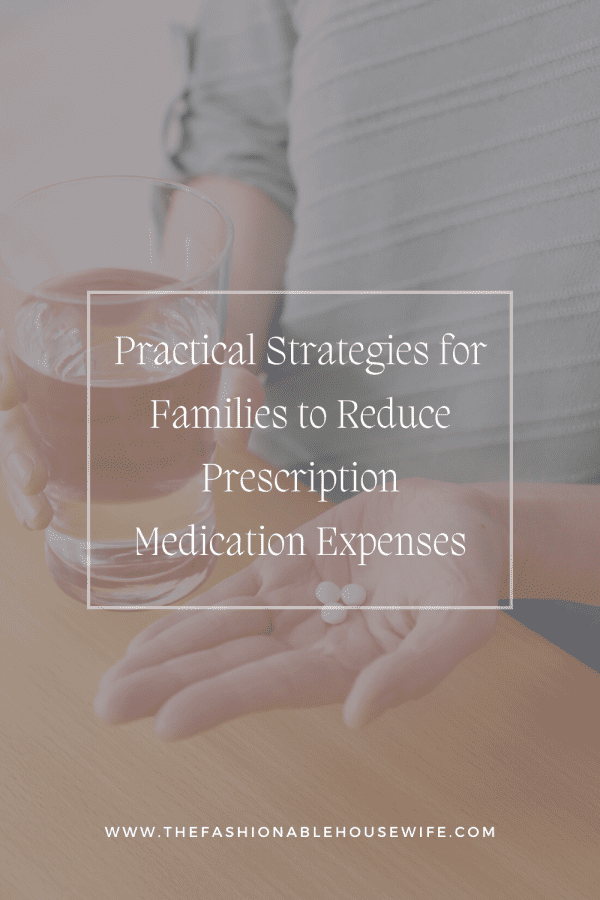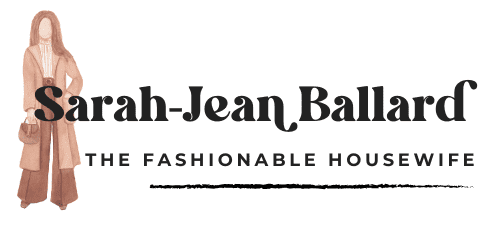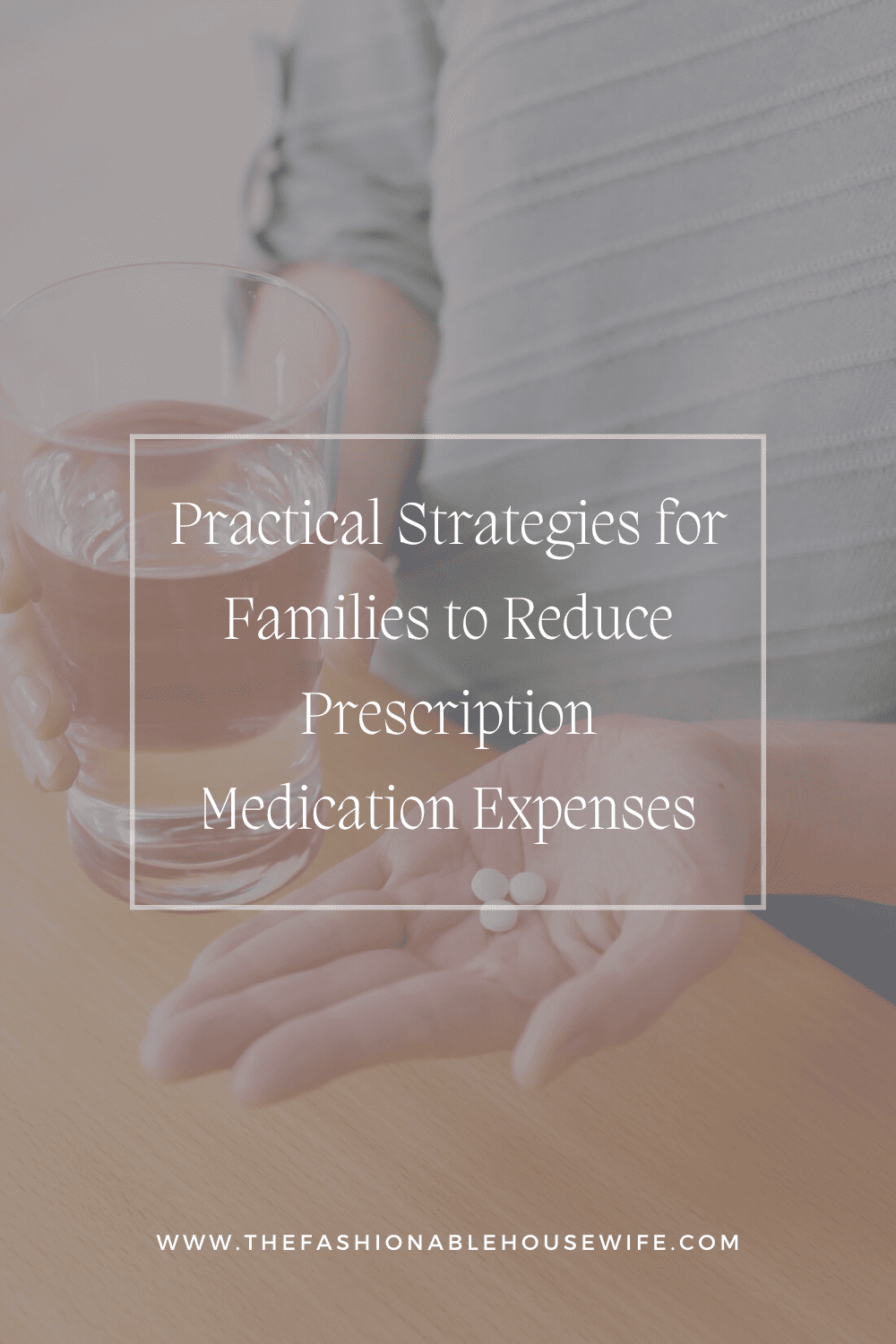Practical Strategies for Families to Reduce Prescription Medication Expenses

Key Takeaways
- Switching to generic drugs can help reduce prescription medication expenses and offer significant savings with similar therapeutic effects.
- Prescription discount cards provide immediate price reductions at participating pharmacies.
- Pharmacy and retailer savings programs can offer ongoing discounts after a modest annual fee.
- New federal policies, such as the Inflation Reduction Act, are actively lowering prescription costs for millions.
Managing healthcare costs is one of the most pressing challenges for families today, particularly with prescription medications accounting for a substantial portion of their budget. By proactively seeking savings opportunities and leveraging available resources, you can ensure access to essential treatments while protecting your family’s finances. Many discover substantial savings through platforms like Buzz Rx, which offer innovative ways to reduce out-of-pocket medication costs. Innovative cost-reduction strategies, such as comparing prices, utilizing discount cards, and participating in savings programs, can have a significant impact. While it’s easy to feel overwhelmed by medical expenses, taking a strategic approach to managing your prescriptions empowers you to make informed decisions that benefit your entire household without sacrificing quality or care.
Choose Generic Medications
Opting for generic medications is one of the most straightforward ways to lower prescription expenses. The FDA regulates generic drugs, requiring them to demonstrate the same quality, strength, and safety as their brand-name counterparts—often at a fraction of the cost. In many cases, generics can be up to 85% cheaper than brand-name medicines, making them a wise choice for budget-conscious families. Always consult your healthcare provider to determine if a generic is right for your specific needs, as there may be rare situations where a branded formula is medically necessary.
Utilize Prescription Discount Cards
Prescription discount cards are powerful tools to minimize medication expenses for families, regardless of insurance status. Accepted at major pharmacy chains and many independent drugstores, these cards may offer discounts of up to 95% on generics and 10% to 15% on select brand-name drugs. They’re typically free and can be presented at the pharmacy counter for instant savings, which is especially valuable if your insurance coverage leaves specific prescriptions uncovered or subject to high deductibles.
Enroll in Pharmacy Savings Programs
Most major pharmacy chains and some independent retailers provide specific savings programs that can yield considerable medication discounts. For a relatively small annual membership fee, these programs grant access to a list of discounted generic drugs, sometimes as low as $4 for a 30-day supply. Over a year, these discounts can add up significantly and provide peace of mind for families juggling chronic prescription needs and budgetary constraints. Resources like those found on the Consumer Reports website are invaluable for obtaining more information on how drug prices are regulated and for learning ways to save.
Stay Informed About Government Initiatives
Recent federal and state actions have focused on bringing down high prescription costs, most notably through measures included in the Inflation Reduction Act. This legislation empowers Medicare to negotiate directly with pharmaceutical companies and cap out-of-pocket expenses for beneficiaries, helping millions better manage chronic conditions without excessive financial strain. Even if your family is not enrolled in Medicare, staying current on legislative changes may open up new opportunities or programs in your state that can contribute to household savings. For instance, the Biden administration announced that it has successfully negotiated price reductions of up to 79% for 10 top-selling prescription drugs used by Medicare. This negotiation is expected to save $6 billion in the first year and address the public’s concerns over high medication costs. The price cuts, part of the Inflation Reduction Act signed in 2022, will take effect in 2026. Merck & Co.’s diabetes drug Januvia will see the highest reduction at 79%, with Novo Nordisk’s insulin products facing a 76% cut. This initiative has the potential to save Medicare beneficiaries $1.5 billion in out-of-pocket costs. However, pharmaceutical companies argue that the discounts will not significantly reduce out-of-pocket expenses and may impede future drug innovation. Despite opposition from drugmakers, the administration is focused on reducing healthcare costs, particularly for older Americans, who comprise a significant portion of the voting population. The subsequent drug price negotiations are scheduled to begin in February and will cover an additional 15 drugs. Read more.
Compare Prices Across Pharmacies
Medication prices vary between brands and generics, as well as across different pharmacies in your community. Online price comparison tools, such as those from GoodRx or the pharmacy search tools offered by AARP, make it easier to find the most cost-effective option in your area. Some pharmacies will even match lower prices, so don’t hesitate to ask your local pharmacist if they offer this service. Consumer Reports frequently provides up-to-date comparisons and advice on how to shop for prescriptions wisely.
Discuss Cost Concerns with Healthcare Providers
Transparent communication with your doctor or pharmacist is essential. Providers appreciate the financial challenges many families face and can often suggest adequate generic substitutes or recommend therapeutic alternatives that can meet your needs at a lower price. Sometimes, they can even direct you to patient assistance programs, manufacturer coupons, or community resources for additional aid.
Be Cautious with Online Pharmacies
Buying medications through online pharmacies can lead to savings, but it is vital to ensure the pharmacy is adequately licensed and reputable. The U.S. Food and Drug Administration offers guidelines to help consumers check whether an online pharmacy is legitimate. To reduce the risk of counterfeit or dangerous medications, avoid any website that does not require a prescription, appears unprofessional, or lacks clear contact information.
Regularly Review Your Medication List
Meet regularly with your healthcare provider or pharmacist to review all your current prescriptions. This step can uncover drugs you no longer need, outdated dosages, or options to consolidate therapies, which may reduce your overall medication expenses. This proactive approach also supports optimal health by ensuring the continued relevance and effectiveness of each prescribed medication.
With thoughtful planning and the effective use of available resources, families can significantly reduce their prescription medication expenses. Not only can these strategies help balance your budget, but they’ll also give you confidence that your family’s health comes without unnecessary financial sacrifices.

